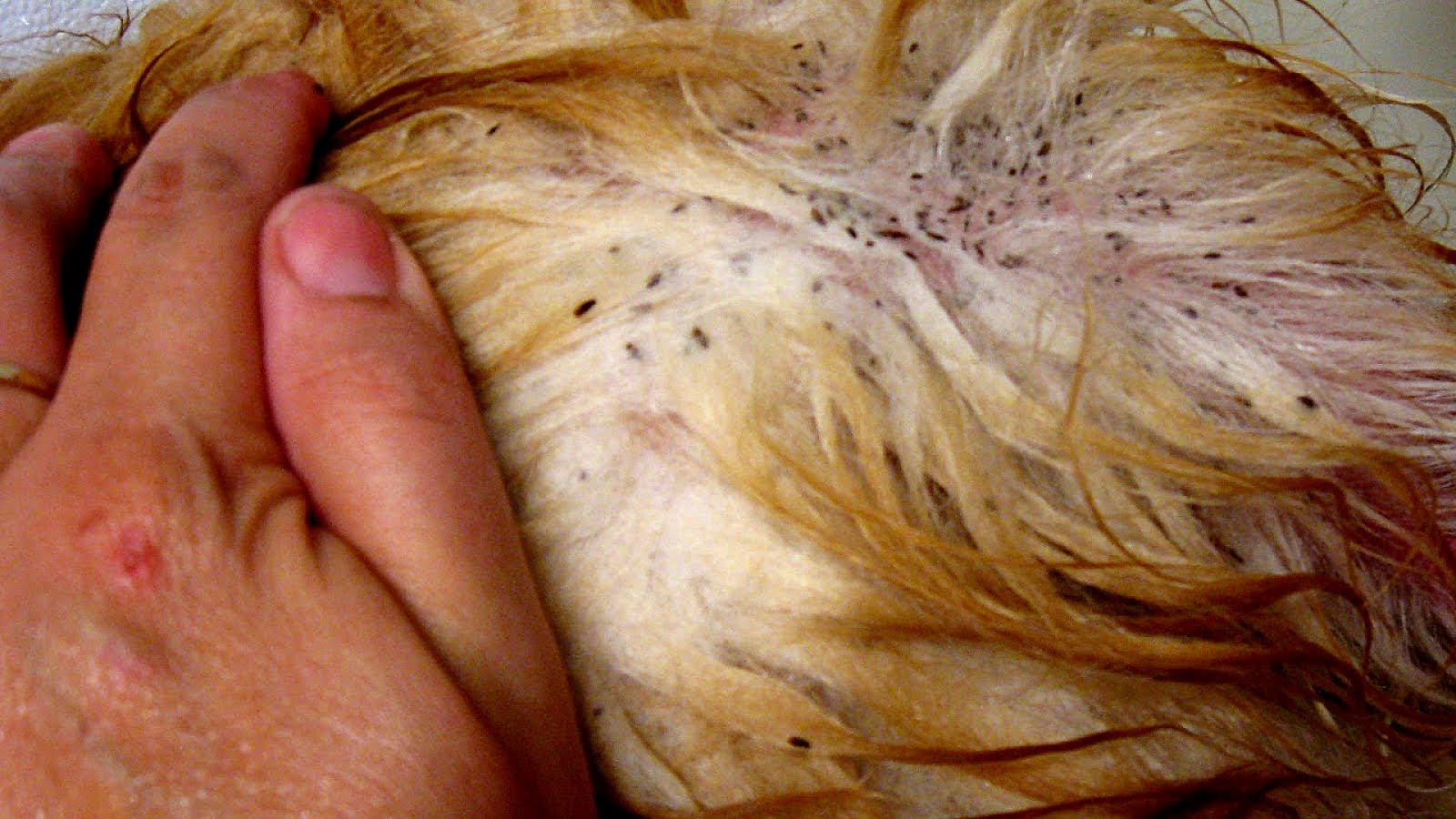Fleas are a common nuisance that can affect our beloved feline companions, causing discomfort and health issues. Understanding what fleas look like on cats is crucial for pet owners to ensure they maintain their pets' health and comfort. These tiny parasites can often go unnoticed, making it vital to be aware of their appearance and behavior. In this article, we will explore the physical characteristics of fleas, how to detect them on your cat, and what steps you can take to address a flea infestation. By educating yourself about these pests, you can help protect your furry friend from the irritation and potential health risks associated with fleas.
Recognizing the signs of fleas on your cat is the first step towards effective treatment. Fleas are not only irritating but can also transmit diseases and cause allergic reactions. Therefore, knowing what does flea on cat look like is essential for any cat owner. In the following sections, we will delve deeper into the appearance of fleas, how to identify them on your cat, and the best methods for prevention and treatment.
In addition to understanding what fleas look like, it is also important to be aware of their life cycle and habits, which can help in implementing effective control measures. This article aims to provide comprehensive insights that will empower cat owners to take action against flea infestations promptly and effectively.
What Do Fleas Look Like on Cats?
Fleas are small, wingless insects that can be challenging to spot due to their size and color. Here’s a detailed description of their appearance:
- Size: Adult fleas are typically about 1/16 to 1/8 inch long (1.5 to 3 mm).
- Color: They usually have a reddish-brown or dark brown color, which can blend in with a cat's fur.
- Body Shape: Fleas have a flattened body that allows them to move easily through fur.
- Legs: They have long hind legs designed for jumping, allowing them to leap from host to host.
Where Can You Find Fleas on Your Cat?
Understanding where to look for fleas on your cat is crucial for effective detection. Here are common areas to check:
- Near the Neck: Fleas often congregate around the neck and head region.
- Between Toes: Fleas can hide between your cat's toes, making them hard to spot.
- Underbelly: Check your cat’s underbelly as fleas may find shelter there.
- Base of the Tail: This area is a hotspot for flea activity.
What Are the Signs of Fleas on Cats?
Besides spotting the fleas themselves, there are other signs that may indicate a flea infestation:
- Excessive Scratching: Cats may scratch or bite themselves more than usual.
- Flea Dirt: Tiny black specks on your cat’s fur, which are flea droppings.
- Red or Irritated Skin: Flea bites can cause allergic reactions leading to skin irritation.
- Hair Loss: Overgrooming due to itching can result in bald patches.
How to Check Your Cat for Fleas?
To effectively check your cat for fleas, follow these steps:
- Groom Your Cat: Use a fine-toothed flea comb, starting at the neck and working your way down.
- Look for Fleas: Inspect the comb for fleas as you groom your cat.
- Check for Flea Dirt: If you find black specks, rub them on a wet paper towel. If it turns red, it's flea dirt.
- Examine Your Cat’s Skin: Look for signs of irritation or inflammation.
What Should You Do If You Find Fleas on Your Cat?
If you discover fleas on your cat, it’s important to act quickly:
- Use Flea Treatment: Consult your veterinarian for appropriate flea medications.
- Clean Your Home: Vacuum carpets, furniture, and wash bedding to remove eggs and larvae.
- Consider Flea Preventatives: Monthly topical treatments or flea collars can help prevent future infestations.
How Can You Prevent Fleas on Your Cat?
Preventing fleas is easier than dealing with an infestation. Here are some tips:
- Regular Grooming: Regularly groom your cat to check for fleas and flea dirt.
- Use Preventative Treatments: Talk to your vet about the best flea prevention products for your cat.
- Keep Your Home Clean: Regularly vacuum and wash your cat's bedding.
- Avoid Contact with Infected Animals: Keep your cat away from areas where other pets may be infested with fleas.
What Are the Health Risks Associated with Fleas on Cats?
Fleas can pose several health risks to your cat, including:
- Flea Allergy Dermatitis: Some cats develop allergies to flea saliva, resulting in severe itching and skin problems.
- Tapeworms: Fleas can carry tapeworms, which can infect your cat if ingested during grooming.
- Anemia: Heavy infestations can lead to blood loss, especially in young or elderly cats.
Conclusion: What Does Flea on Cat Look Like?
Understanding what does flea on cat look like is essential for every cat owner. By recognizing the signs of fleas and knowing where to look for them, you can take proactive steps to keep your cat flea-free. Frequent grooming, using preventative treatments, and maintaining a clean environment are key strategies to protect your feline friend from these pesky parasites. If you suspect your cat has fleas, don’t hesitate to consult your veterinarian for guidance and treatment options.
You Might Also Like
Unleashing Elegance: The Allure Of French And Glitter NailsThe Marvelous Grandeur Of The Biggest House In Naples
Discovering Luxury: The Priority Pass Lounge In Doha
Understanding The Value Of One Million Naira In Dollars
Navigating The Turbulent Waters Of The Narcissist Cycle Chart
Article Recommendations
- Jessica Tarlov Wedding Pictures
- Yumi Eto Age
- Sam Reid Wife
- Vegamovies Archive 2016
- Kristina Khorram
- Dan Levy Wife
- Julianne Phillips
- Spider Man Video Sophie
- Diddy
- Nathalie Dompe


